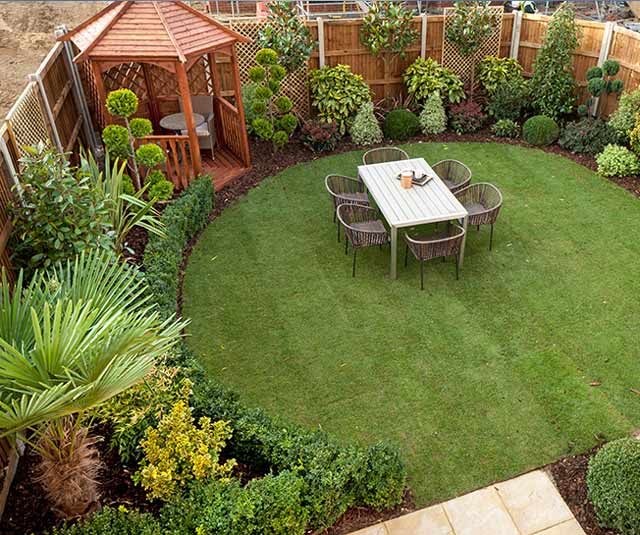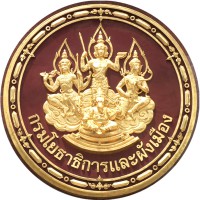
DPT'S HISTORY
Department of Public Works and Town & Country Planning (DPT) is a department under the Ministry of Interior. Due to the Royal Thai government’s policy of Bureaucratic Restructuring, Department of Town and Country Planning is unified with Public Works Department. According to Bureaucratic Reformation Act dated 2 October 2002, The Building Construction and Control Sector is merged with Department of Town and Country Planning so called Department of Public Works and Town & Country Planning (DPT). As a result, the new department has 9 bureaus and 8 administrative units in central administration service and 75 offices in provincial administration service all over the country.
THE DEPARTMENT’S EMBLEM
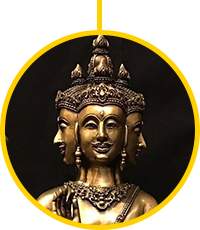
BRAHMA
Brahma, the god of creation, is depicted either in a standing position or sitting on a lotus throne; with four faces, eights ears and four arms. His complexion is either red or yellow (or white according to Tibetan Hinduism). Crowned, with yellowish red-colored eyes, and clad in clothes and white flowers. Lord Brahma, in his hands, is often said to hold a scepter in the form of a spoon (for pouring holy ghee or oil onto a sacrificial pyre) or a crane, and a port of holy ghee or a string of prayer heads, and a jar containing water or the Vedas. He lives in the heavenly abode called Brahmaloka, and his carrier is a divine swan.
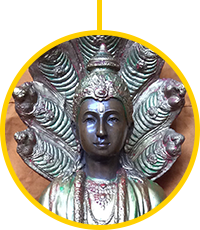
VISHNU
Vishnu, the Supreme God of Hinduism and the preserver of the universe, is represented with four arms, holding a discus (named “Sudarshana”) in his upper right hand, a conch (named “Panchjanya”) in his lower right hand, a lotus (named “Padma”) in this upper left hand, and a mece (named “Kaumodaki”) in his lower left hand. The complexion of Vishnu varies – from white, red, yellow to green and navy blue. His abode is called Vaikuntha, and his mount is a garuda.
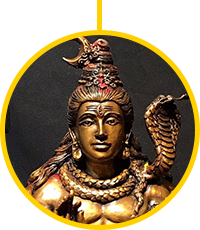
SHIVA
Shiva, another most respected Hindu deity, represents both destructive and restorative qualities (to purify worldly impurities). Shiva is depicted as three-eyed, red-haired and with a white complexion. In some forms, his image is depicted as four-faced with a blue throat. Shiva is often shown wearing ornaments representing serpents and a skull necklace. His left hand holds a snake, whereas the right one holds and hour-glass drum. His traditional abode is on Mount Kailasa in the Himalayas, and the Nandi bull is his mount.
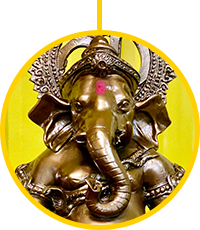
GANESHA
Ganesha, also known as Ganesh, Ganapati or Vinayaka, is one of the most widely worshipped Hindu deities. Ganesha is also recognized as the Remover of Obstacles and as the God of intellect and wisdom. His appearance is illustrated as an elephant-headed human figure with one tusk (broken off by a Parasu axe), a pot belly and four arms. His body color is red (some sources describe it as a yellow body clad in red). In his standard configuration, his lower-right hand holds his own broken tusk; his lower-left hand carries a bowl of holy water; the upper-right hand has an axe, and the other upper one carries a noose. His principal vehicle is a mouse or rat.
Documents
|
History and Emblem |
History and Emblem
Number of downloads
0
|
File size 14.576 MB
|
Download |
Media
